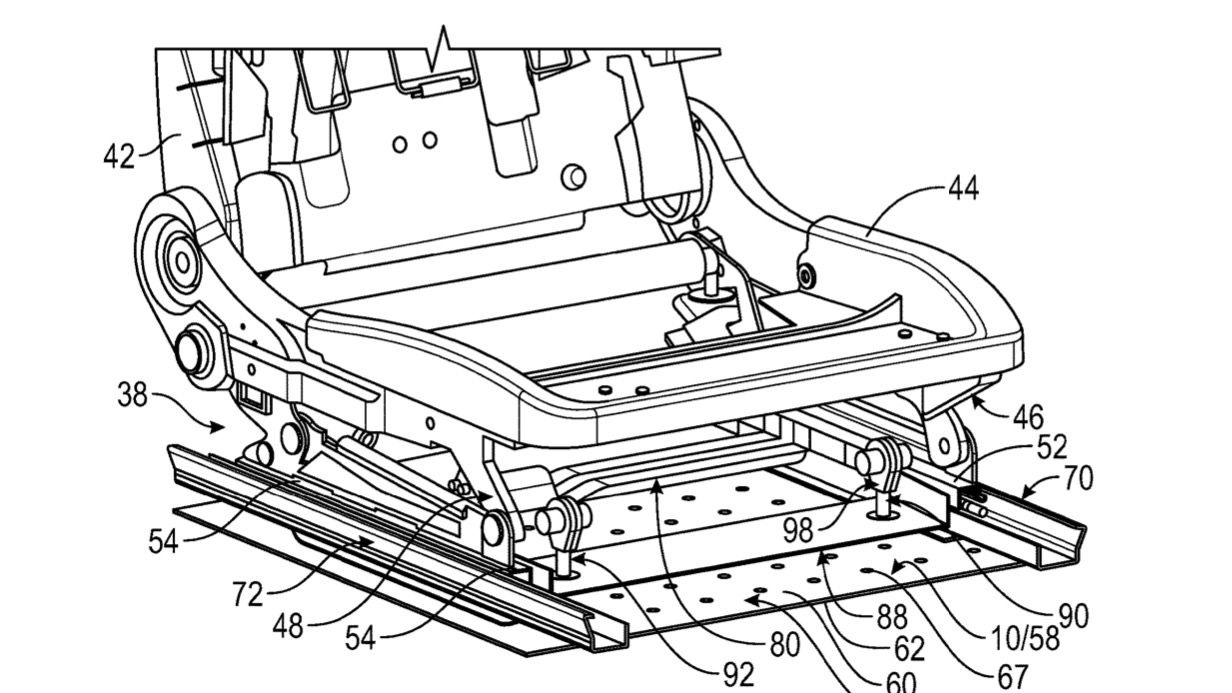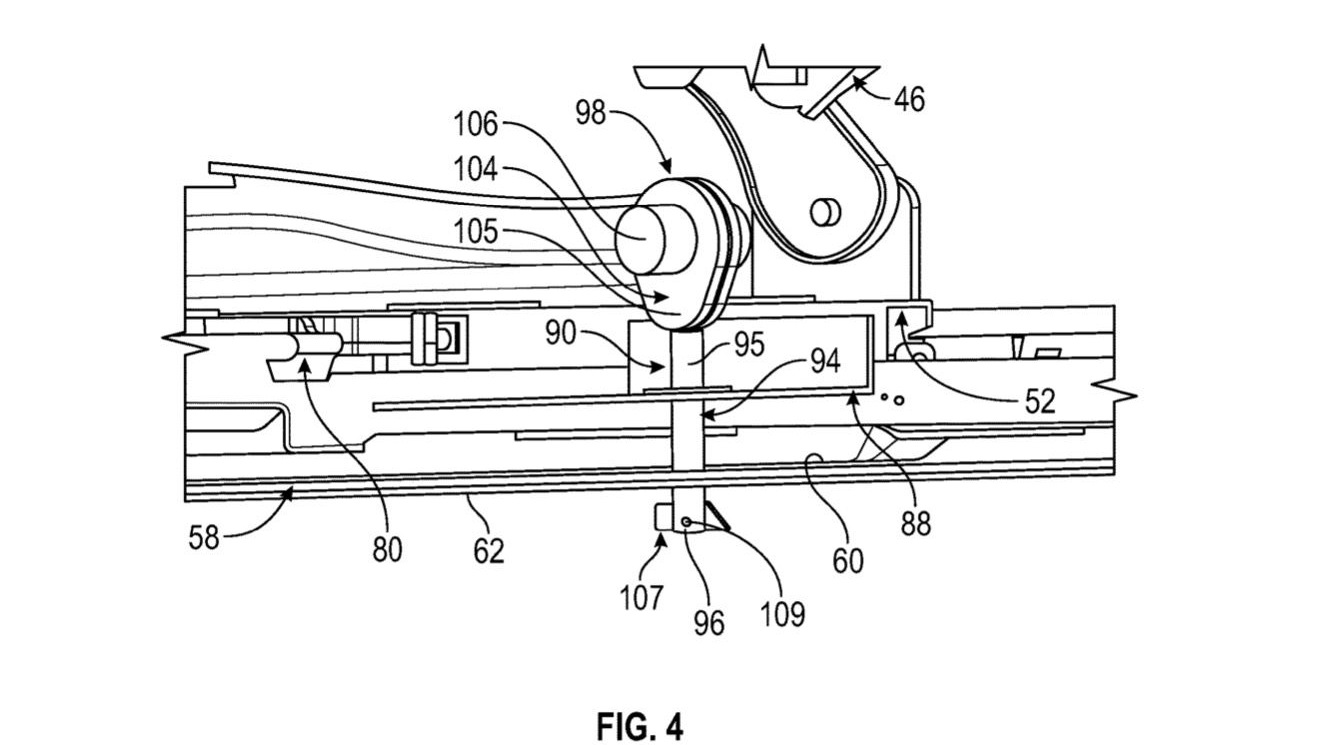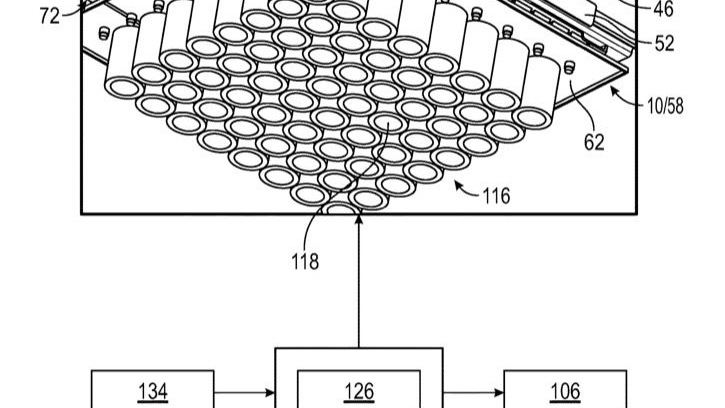General Motors is looking to patent a magnetic levitation system that would replace conventional seat adjusters.
As described in a patent application filed by GM with the United States Patent and Trademark Office (USPTO) in 2022, but only published by the USPTO on May 2, magnets would be embedded in the seat rails and enable the use of opposing magnetic fields to raise or lower the seats. The goal is to eliminate some of the moving parts of current seat-adjustment systems.
The hardware required for current manual or power seat adjusters adds cost and complexity, and can become unreliable overtime, GM pointed out in the patent. Seat tracks, for example, can fill with gunk, causing seats to get stuck when occupants try to manually slide them. And the motors and other hardware needed for power-adjustable seats add a significant amount of weight.
In contrast, this system would rely mainly on a series of magnets and a controller to adjust their polarity. The alternate attraction and repulsion of individual magnets would cause the seat to move, similar to how maglev trains are propelled along a guideway by magnetic force.

General Motors magnetic levitating seat patent image
When it's been moved to the correct position, the seat is then secured with a locking pin. This can be done automatically by using an actuator to push the pin, GM noted in the application.
Whether magnetic levitating seats make it to production remains to be seen, as automakers don't always pursue the ideas they patent.
Like other automakers, GM regularly churns out patent filings. Other recent examples include foldable bed ramps for pickup trucks and active aerodynamics for sports cars.


